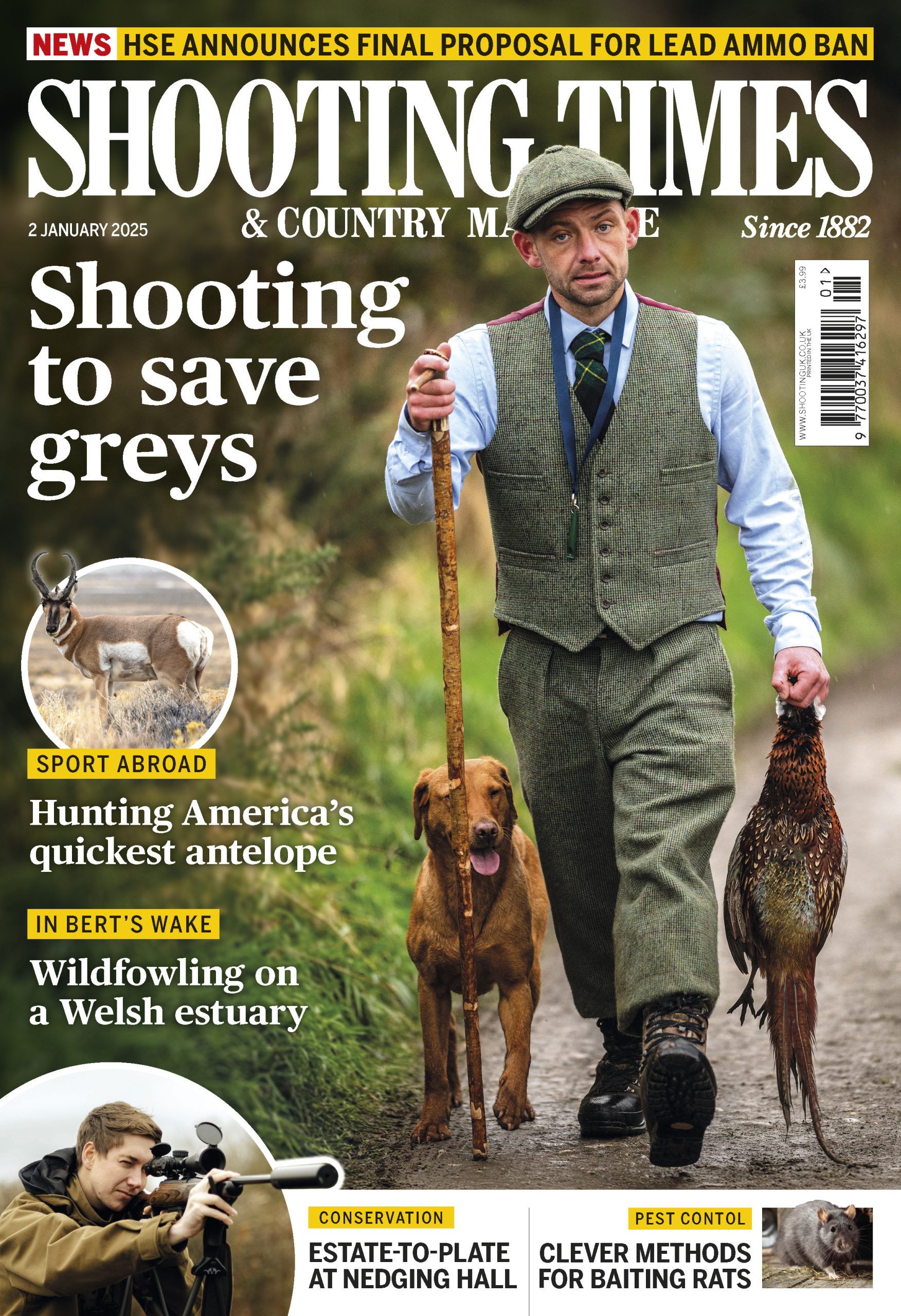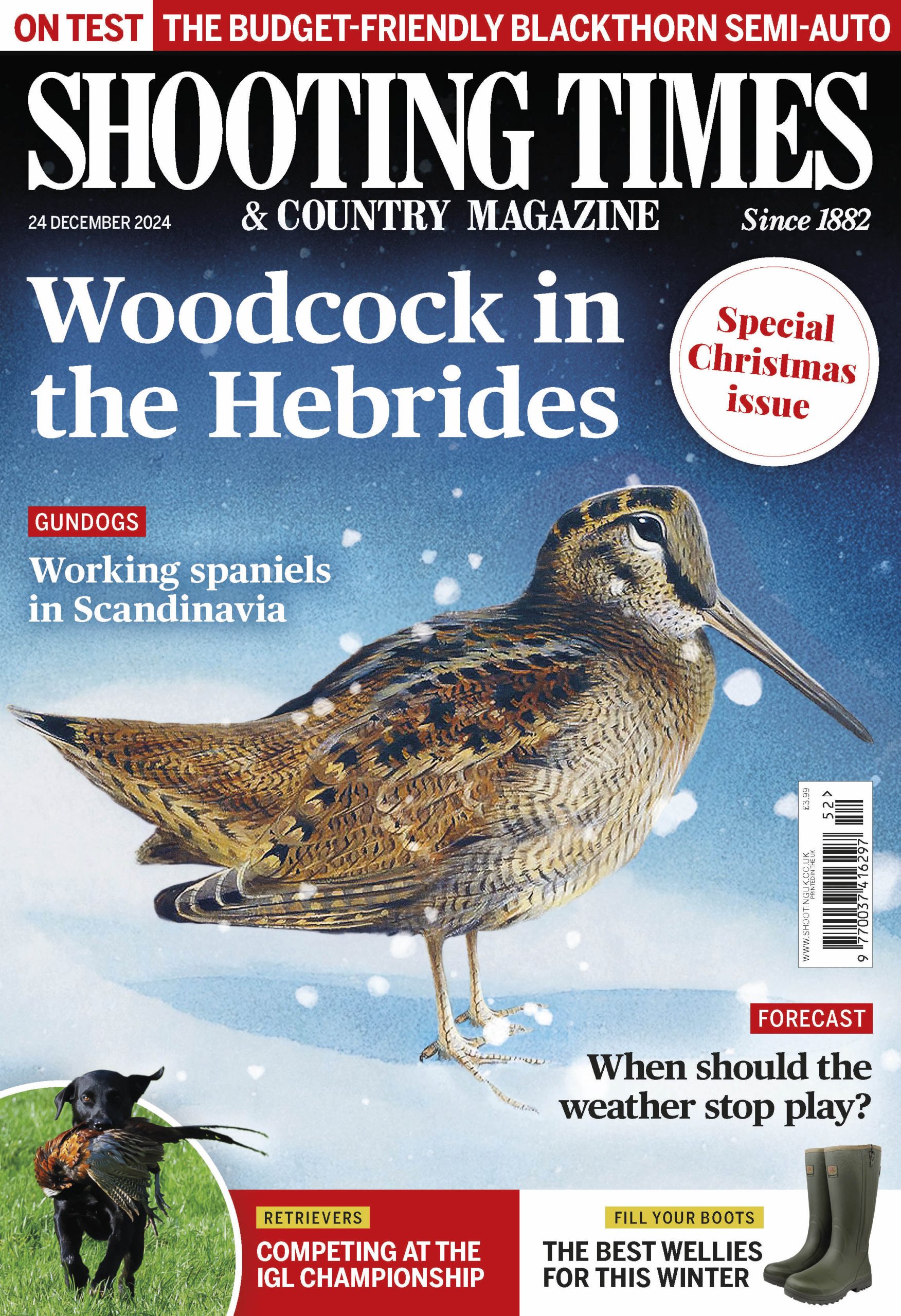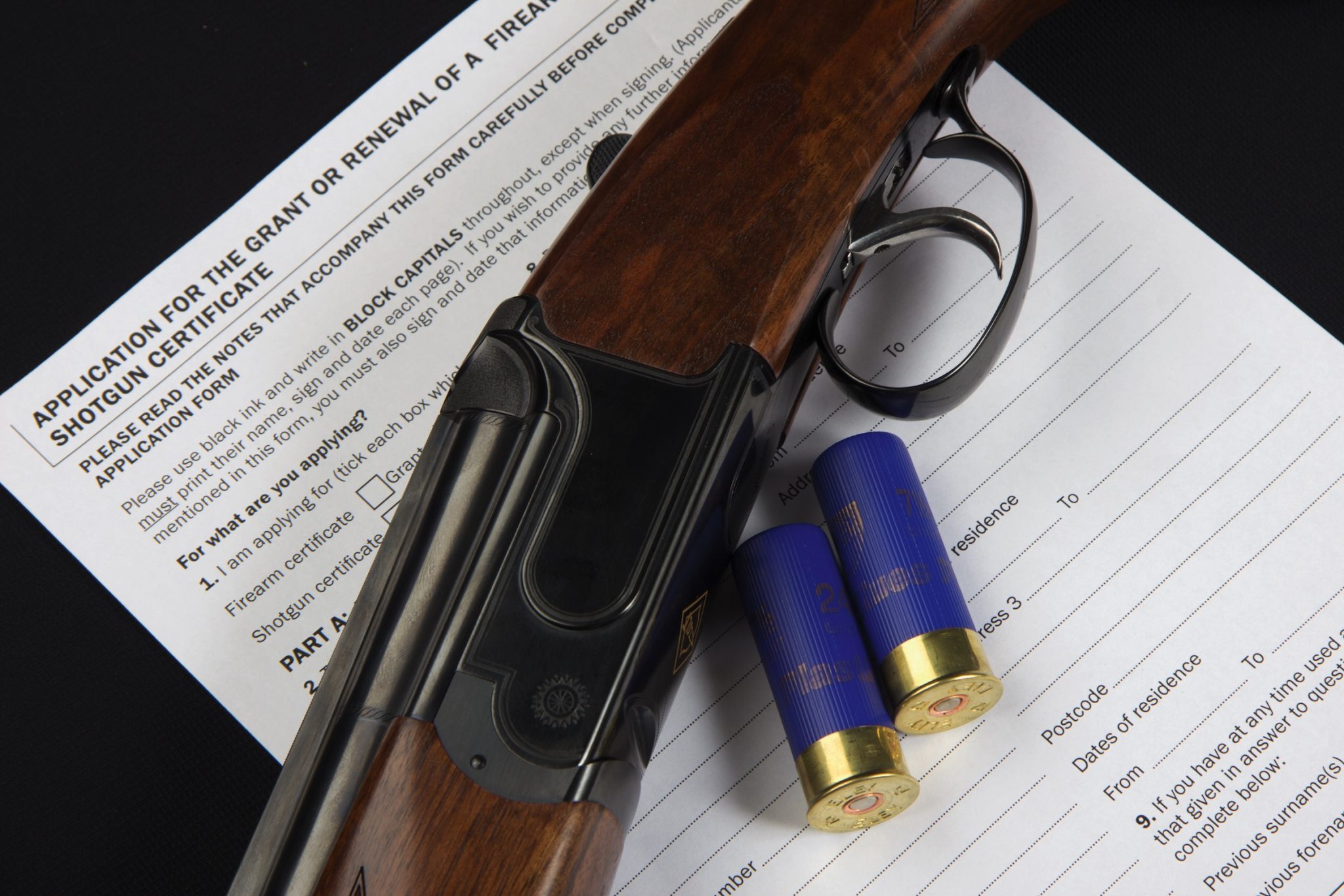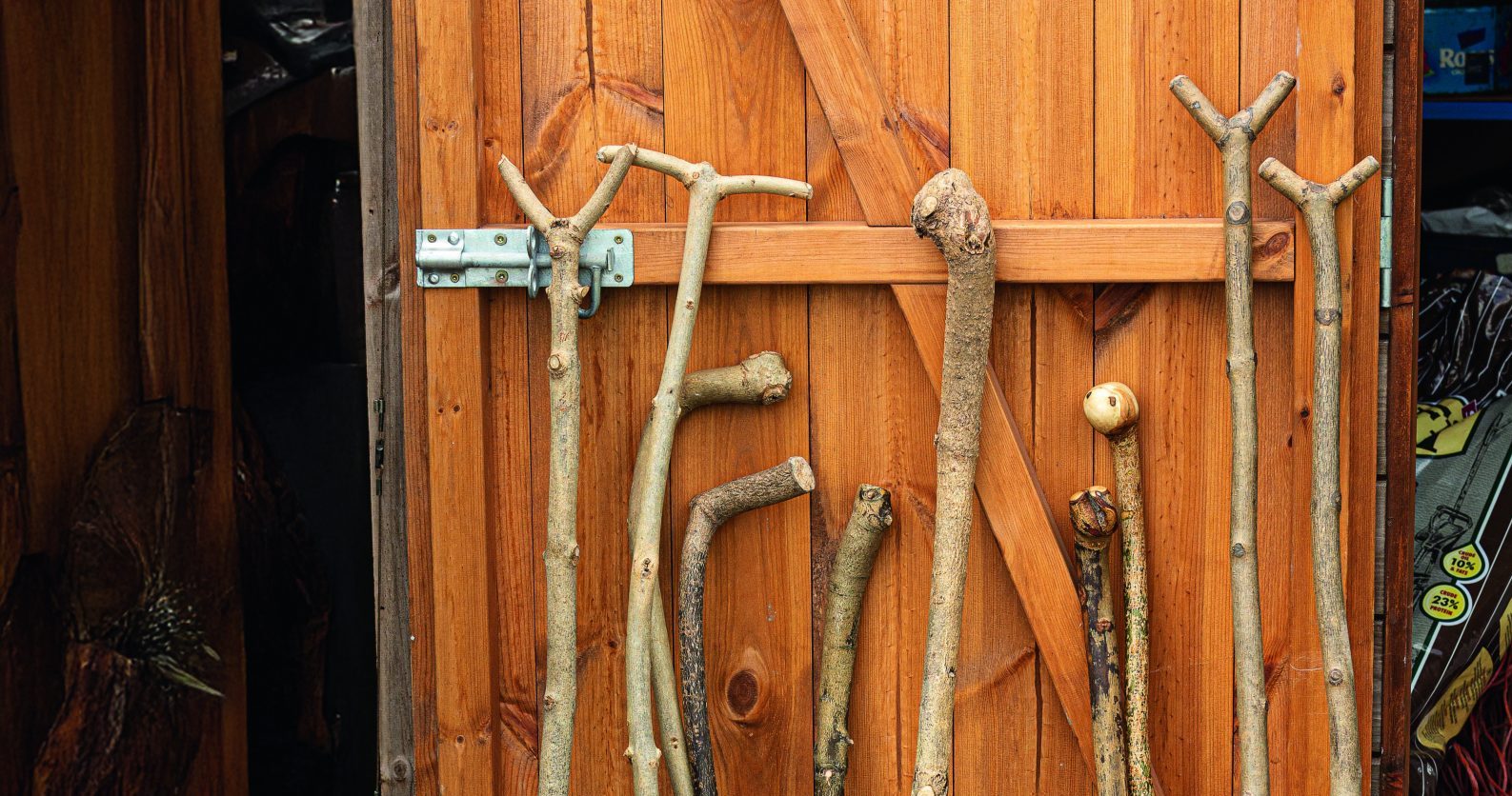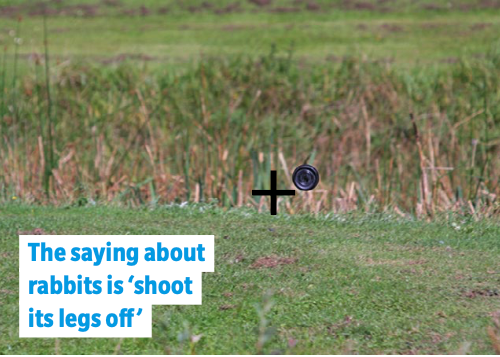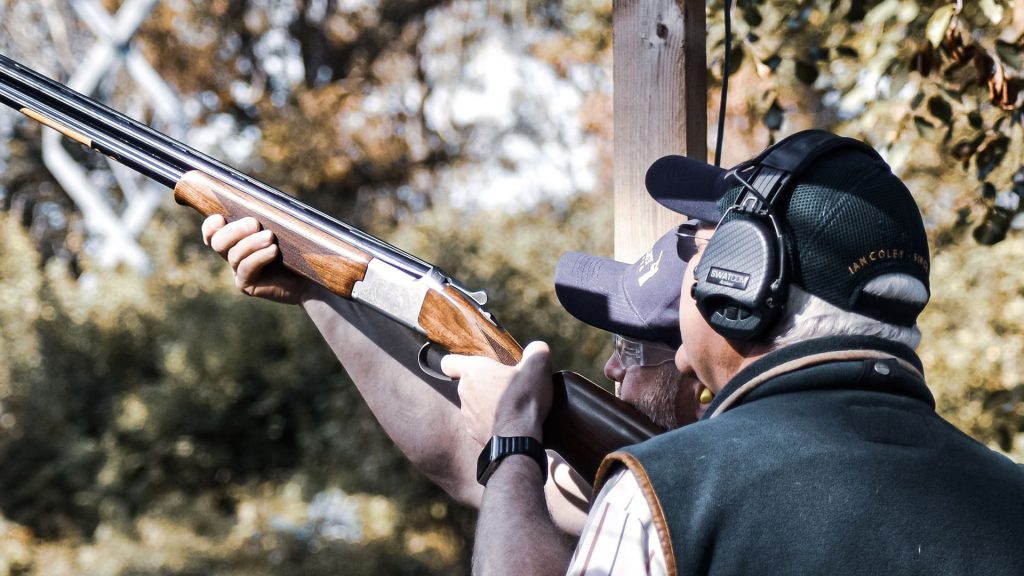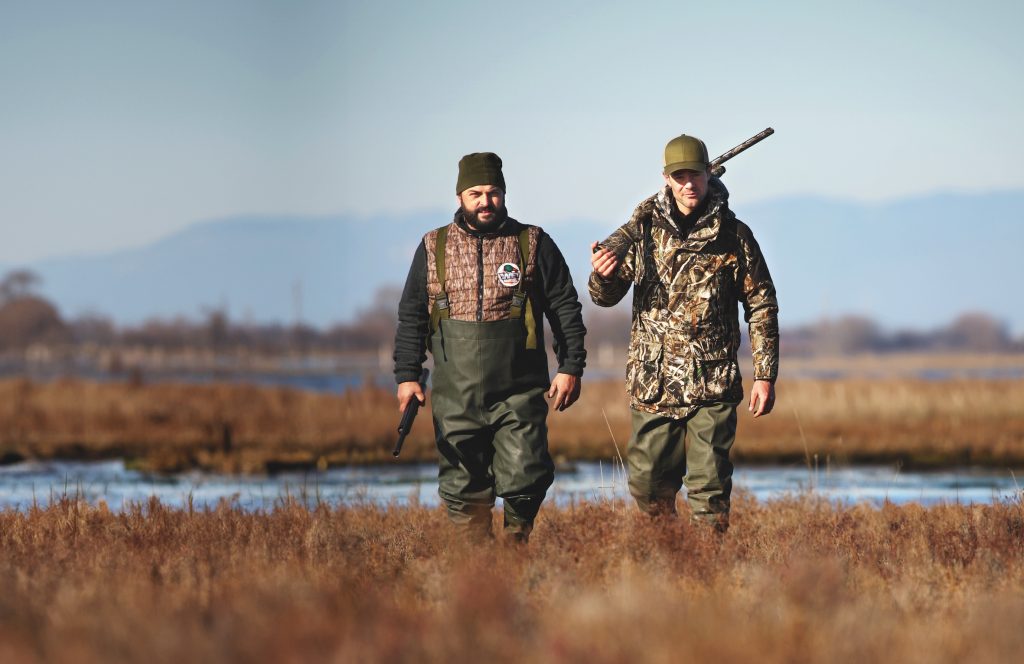Win CENS ProFlex DX5 earplugs worth £1,149 – enter here
Why you should learn to visualise your shots
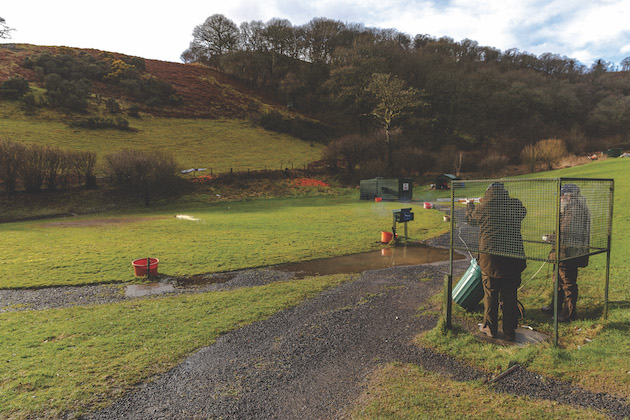 Matt shooting at rabbit clays at dovey valley
Matt shooting at rabbit clays at dovey valley
Visualise your shots
I want to explore the concept of learning to ‘visualise your shots’ and replicate the ‘picture’ we see at the moment the shot is taken and how our mind’s-eye view is better than trying to estimate any given lead value in feet and inches.
How far? How much lead?
Here are a series of illustrations where we can easily see the lead values at different distances and although the measurements are shown these are simply to give you a clear idea of how distance will affect lead. It’s also interesting to notice how the clay appears to reduce in size as it gets further away. A great help in estimating distance. The key is to practise what we see and replicate in that mind’s-eye image when we need it, and at the appropriate target and range.
The target above is a crosser from left to right at a distance of 10, 20 and 40 yards, similar to a Skeet target from the high house. The cross denotes the gun position. The most common question on any clay shoot has to be: how much lead? Learning to use an image or picture to visualise that information is likely to become one of the most useful skills you’ll ever acquire.
Methods
Whichever method you use — pull away, maintained or follow through — the gun has to be in front of the target in order to hit it. I say that as some profess to never seeing lead at all and must rely on gun speed and swing to give them the forward allowance they need
Rabbit targets
Here’s an image of a rabbit target; from right to left at a fair turn of speed, thus needing a little lead, albeit not very distant. The speed of the target is the all-important factor with this type of shot and, although most rabbits are somewhat slower than their airborne cousins, they’re all too often missed in front, as well as over the top or high.
A saying is to “shoot its legs off” and, while I’m not at all keen on shooting a rabbit’s legs off on humane grounds, it does help people shoot low and not miss over the top. The best approach and technique is without doubt maintained lead, which has the effect of steadying the whole shot process.
To improve, you need to visualise the shot picture. You need to develop the habit of using these images to mentally reference the different types of targets that you’ll encounter on a shoot, then you will be on target.
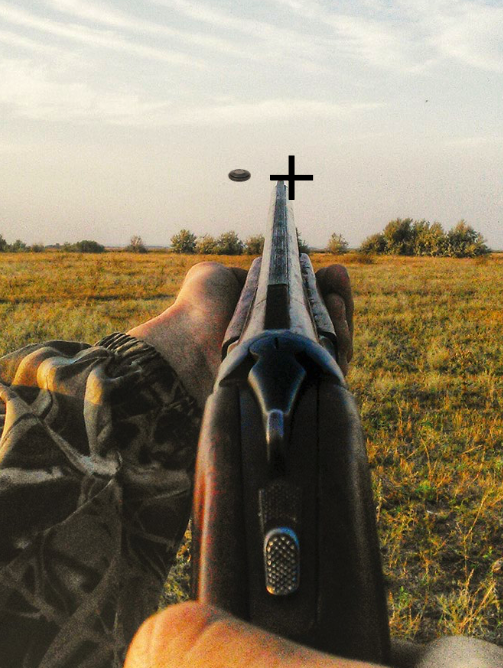
Here we can see the gun position ahead of our left-to-right crossing target, showing a small amount of lead as the target is fairly close and slowish
Related Articles
Get the latest news delivered direct to your door
Subscribe to Shooting Times & Country
Discover the ultimate companion for field sports enthusiasts with Shooting Times & Country Magazine, the UK’s leading weekly publication that has been at the forefront of shooting culture since 1882. Subscribers gain access to expert tips, comprehensive gear reviews, seasonal advice and a vibrant community of like-minded shooters.
Save on shop price when you subscribe with weekly issues featuring in-depth articles on gundog training, exclusive member offers and access to the digital back issue library. A Shooting Times & Country subscription is more than a magazine, don’t just read about the countryside; immerse yourself in its most authoritative and engaging publication.
